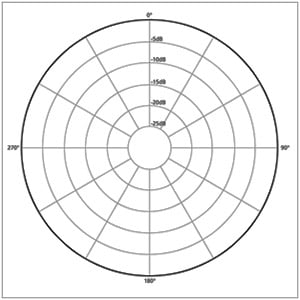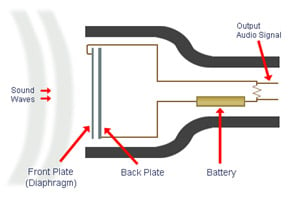- __________ is credited as the inventor of the microphone.
Your Answer: Alexander Graham Bell - ______________ microphones use a capacitor. Voltage is created by the diaphragm changing the distance between two plates.
Your Answer: Condenser - ____________ is a voltage that powers some of the components in most condenser microphones. It is usually a button that is pressed on a pre-amp or mixing console.
Your Answer: Phantom power - ____________ microphones use a corrugated piece of metal suspended in a magnetic field. Voltage is created through induction.
Your Answer: Ribbon - _______________ refers to the difference between what frequencies a performance is actually transmitting, to what the microphone is capturing.
Your Answer: Frequency Response - ___________________ invented the condenser microphone in _______.
Your Answer: Edward Christopher Wente, 1916 - The popular ribbon microphones the RCA 77 and the 44 were invented by _______________.
Your Answer: Dr. Henry F. Olsen - _____________ microphones use a diaphragm attached to a moving coil that surrounds a magnet. Voltage is created through induction.
Your Answer: Dynamic - _________________ invented the transverse current carbon microphone in the early 1920s.
Your Answer: Georg Neumann - _______________is defined as the alteration of the original shape (or other characteristic) of something, such as an object, image, sound or waveform.
Your Answer: Distortion - What polar pattern is pictured here?

Your Answer: Cardoid - The first microphone was called a ______________.
Your Answer: liquid transmitter - What polar pattern is pictured here?

Your Answer: Omni-Directional - What type of microphone circuit is pictured here?

Your Answer: Condenser
 Sarah West — Akron Recording Connection
Sarah West — Akron Recording Connection
More Blog Entries from Sarah West
Sarah West
Basic Audio Engineering - Chapter #19 Quiz Mastering is: Your Answer: ... Read More >>
Sarah West
Basic Audio Engineering - Chapter #18 Quiz _____________observed that when the lengths of vibrating strings are ratios of integers such as 2 to 3 or 3 to 4, the tones produced will be harmonious... Read More >>

